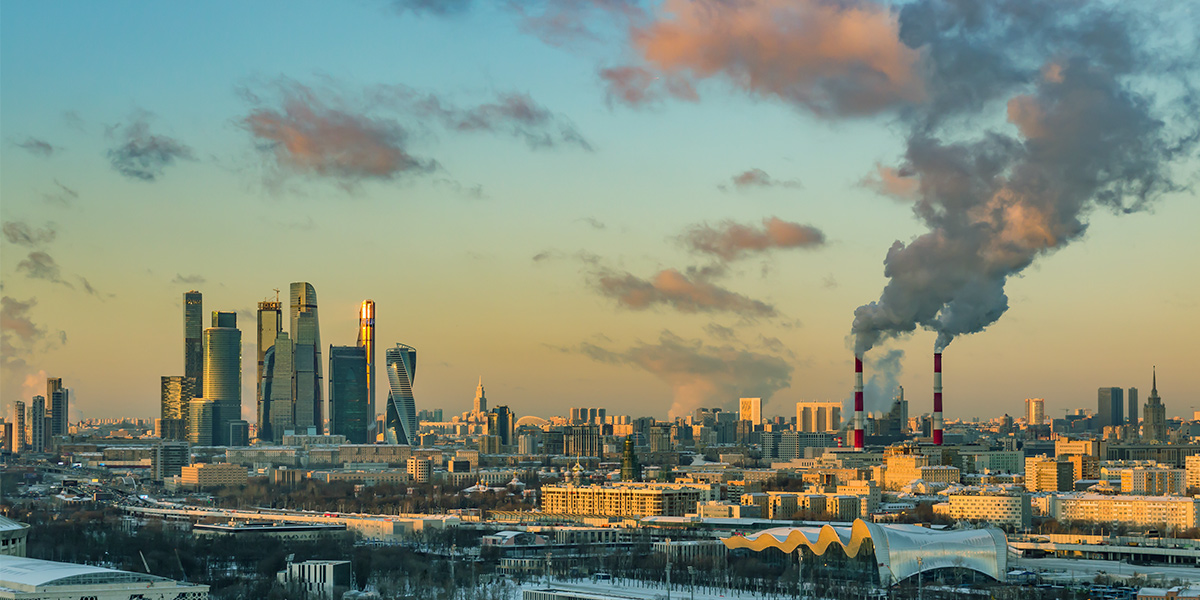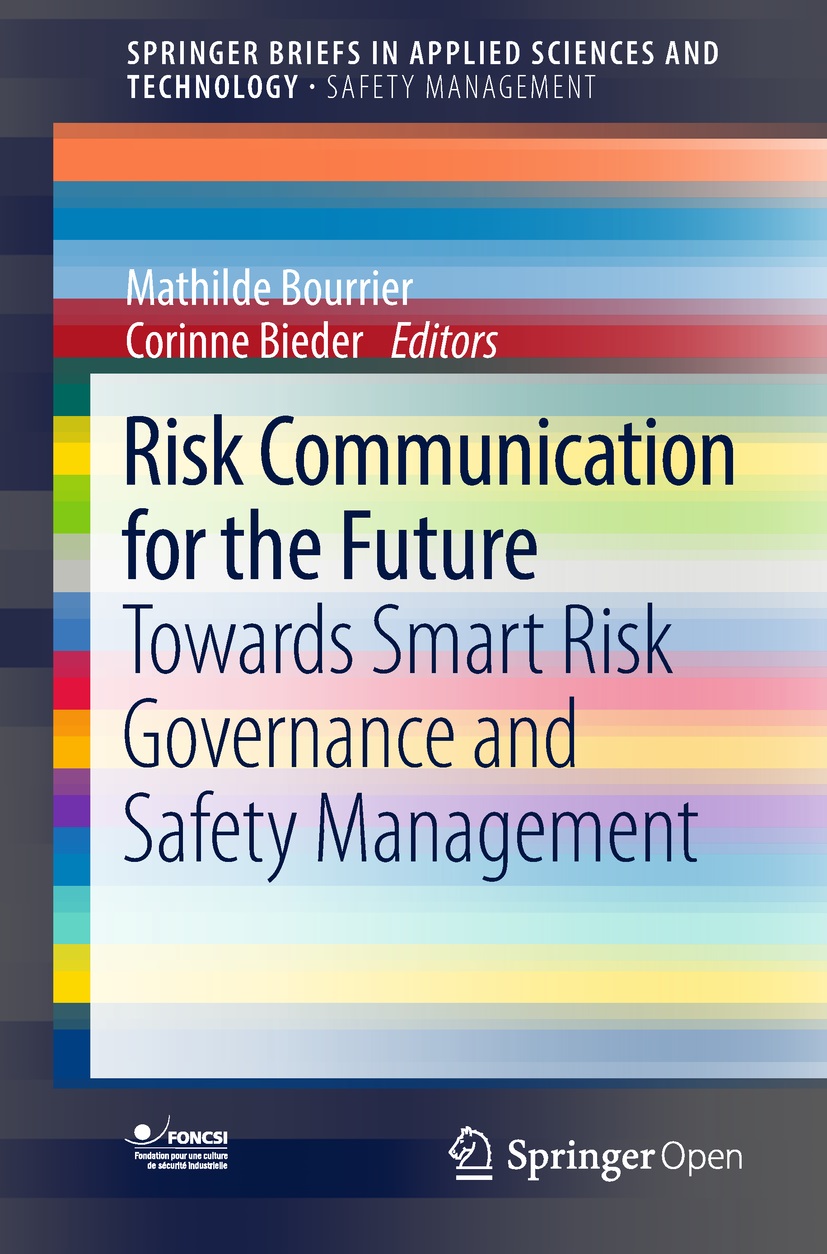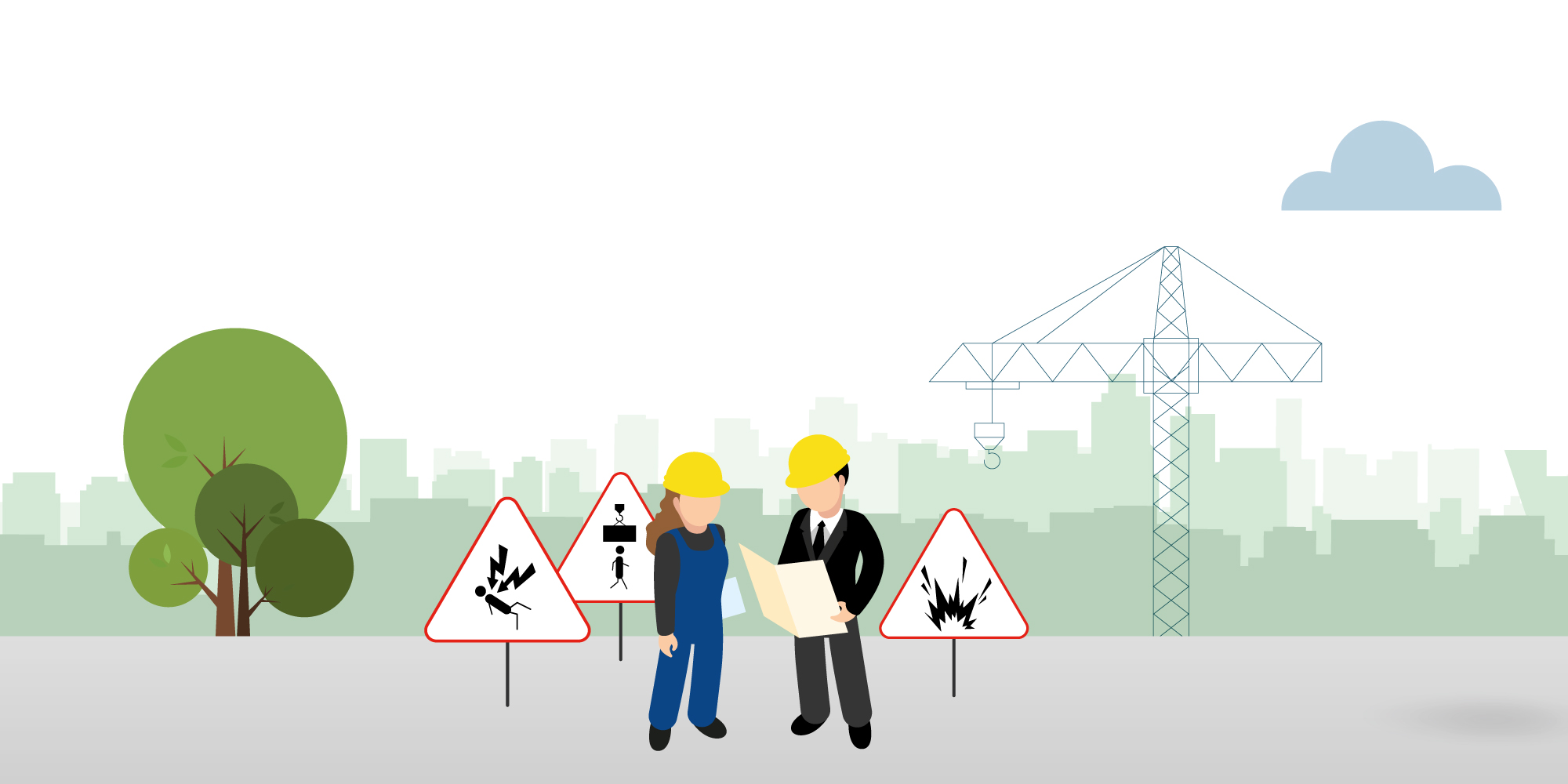Industrial risk and the local area
Currently, 2.5 million French people live within one kilometer of the country’s 1,300 sites classified under the Seveso directive. These facilities are classified because of the risk of a major accident involving hazardous substances and/ or due to hazardous activities. Every day, there are three technological incidents (due to gas leaks, equipment breakdown, etc.*) in the country. Then, there are major accidents, such as the fire at the Lubrizol factory in September 2019, which, fortunately, had no victims – unlike the explosions in Beirut in August 2020, which killed 190 people. These incidents are a stark reminder that industrial risk concerns all of us.
*Source : ARIA / Barpi

Read the essential publication
| Why is industrial risk in the local area important? |
While at-risk industries generate jobs and economic growth, they are also a concern for regional authorities, and increase the risk of a major accident. The latter affects not only the production facility itself, but also its employees, the local population, the environment, etc. It is a difficult trade-off to manage.
In recent years, Icsi and Foncsi have undertaken various studies of the concepts of risk acceptability, regulations, and citizen consultation. In France, the Bachelot Law addresses the implementation of technological risk prevention plans, and companies’ obligation to inform and consult with the public. In theory, it is possible for at-risk industries to co-habit with local communities. However, recent events have highlighted that:
- Local residents are poorly, or not at all informed. It is now clear that the local population did not know or understand what was going on at the Lubrizol site, and some of their actions increased their risk exposure.
- Increasing tension between at-risk industries and society. Citizens are becoming more aware of health and environmental issues (that also affect industrialists).
- There is a lack of public confidence in both at-risk industries and authorities, demonstrated by the annual IRSN survey.
Therefore, we must reexamine the notion of a safety culture that is shared by industrial and external actors, citizens and public authorities. How can we put in place the foundations for a constructive debate between all stakeholders at the local level?
The Foncsi working group ‘Risks and local actors, governance and citizen participation’.


